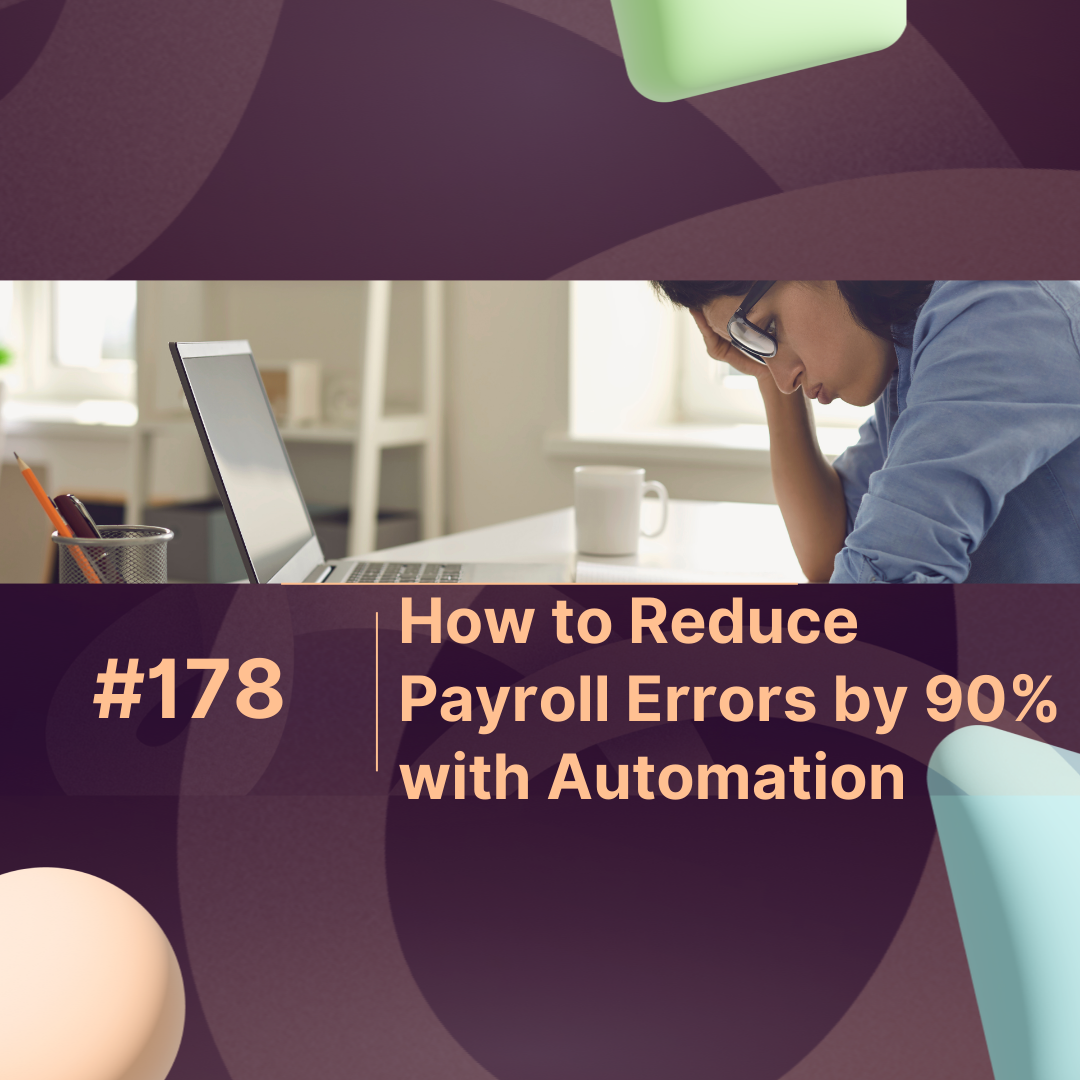Overview
Payroll errors can cost businesses thousands of dollars each year in penalties, compliance risks, and employee dissatisfaction. The fastest way to reduce payroll errors is by adopting automation. Modern payroll automation software minimizes manual data entry, integrates with HR tools, and applies compliance checks in real-time. Studies show that automation can cut payroll mistakes by up to 90%, saving companies both time and money.
Why Payroll Errors Happen in the First Place
Payroll mistakes usually stem from human error, manual data entry, outdated systems, or compliance miscalculations. Common examples include:
-
Incorrect tax withholdings
-
Misclassified employees
-
Late payments
-
Overtime miscalculations
Each of these issues not only frustrates employees but can also lead to fines or reputational damage.
How Automation Helps Reduce Payroll Errors
Automation reduces payroll errors by replacing repetitive manual processes with software-driven accuracy. Here’s how:
-
Data Integration: Syncs employee data from HR systems into payroll instantly.
-
Compliance Monitoring: Updates tax rules automatically.
-
Error Detection: Flags anomalies like duplicate entries or mismatched hours.
-
Time Tracking: Eliminates manual timesheet errors.
-
Direct Deposits: Ensures faster, error-free payments.
For example, businesses that implemented payroll automation through tools like MaxHR reported dramatic reductions in administrative errors, often within the first quarter of adoption.
Manual Payroll vs. Automated Payroll
| Payroll Process | Error Rate (Average) | Time Spent per Cycle | Compliance Issues |
|---|---|---|---|
| Manual Payroll | 8–12% | 25–40 hours | High |
| Semi-Automated Payroll | 4–6% | 15–20 hours | Medium |
| Fully Automated Payroll | 1–2% | 5–10 hours | Low |
Source: Industry payroll compliance studies, 2024
As seen above, automation slashes errors by over 90% compared to manual payroll.
5 Practical Steps to Reduce Payroll Errors with Automation
-
Adopt a Modern Payroll System – Choose cloud-based software that updates tax laws automatically.
-
Integrate HR & Payroll Data – Ensure seamless data flow from onboarding to payroll.
-
Automate Time Tracking – Use digital timesheets and clock-in systems to prevent manual mistakes.
-
Run Pre-Payroll Audits – Set rules that flag discrepancies before processing payments.
-
Train Staff on Payroll Tools – Even with automation, HR teams should understand how to manage exceptions.
By following these steps, businesses can achieve accuracy, compliance, and efficiency.
Hidden Benefits of Payroll Automation
Reducing payroll errors is the immediate gain, but automation brings long-term advantages:
-
Employee Trust: Fewer mistakes mean happier employees.
-
Compliance Confidence: Avoid costly tax penalties.
-
Scalability: Handle growth without hiring extra admin staff.
-
Cost Savings: Businesses save up to $200 per employee per year by automating payroll.
Conclusion
To reduce payroll errors by 90%, the solution is clear: automation. Whether through all-in-one platforms or specialized payroll software, automation ensures accuracy, saves time, and improves compliance. Tools like MaxHR showcase how technology can turn payroll from a liability into a strategic advantage.
FAQs on Reducing Payroll Errors
1. What is the best way to reduce payroll errors quickly?
Implementing automation is the fastest way. Automated payroll systems integrate with HR tools, update tax laws, and detect errors in real-time.
2. How much money do payroll errors cost companies?
On average, payroll mistakes cost businesses between $200–$400 per employee annually in corrections, penalties, and lost productivity.
3. Can small businesses benefit from payroll automation?
Yes. Even businesses with under 20 employees can save time and prevent compliance risks with affordable payroll automation solutions.
4. How accurate is automated payroll compared to manual payroll?
Manual payroll has error rates of 8–12%, while automated systems reduce errors to as low as 1–2%.
5. What features should I look for in payroll automation software?
Look for compliance updates, time tracking integration, employee self-service, and audit tools for maximum accuracy.



